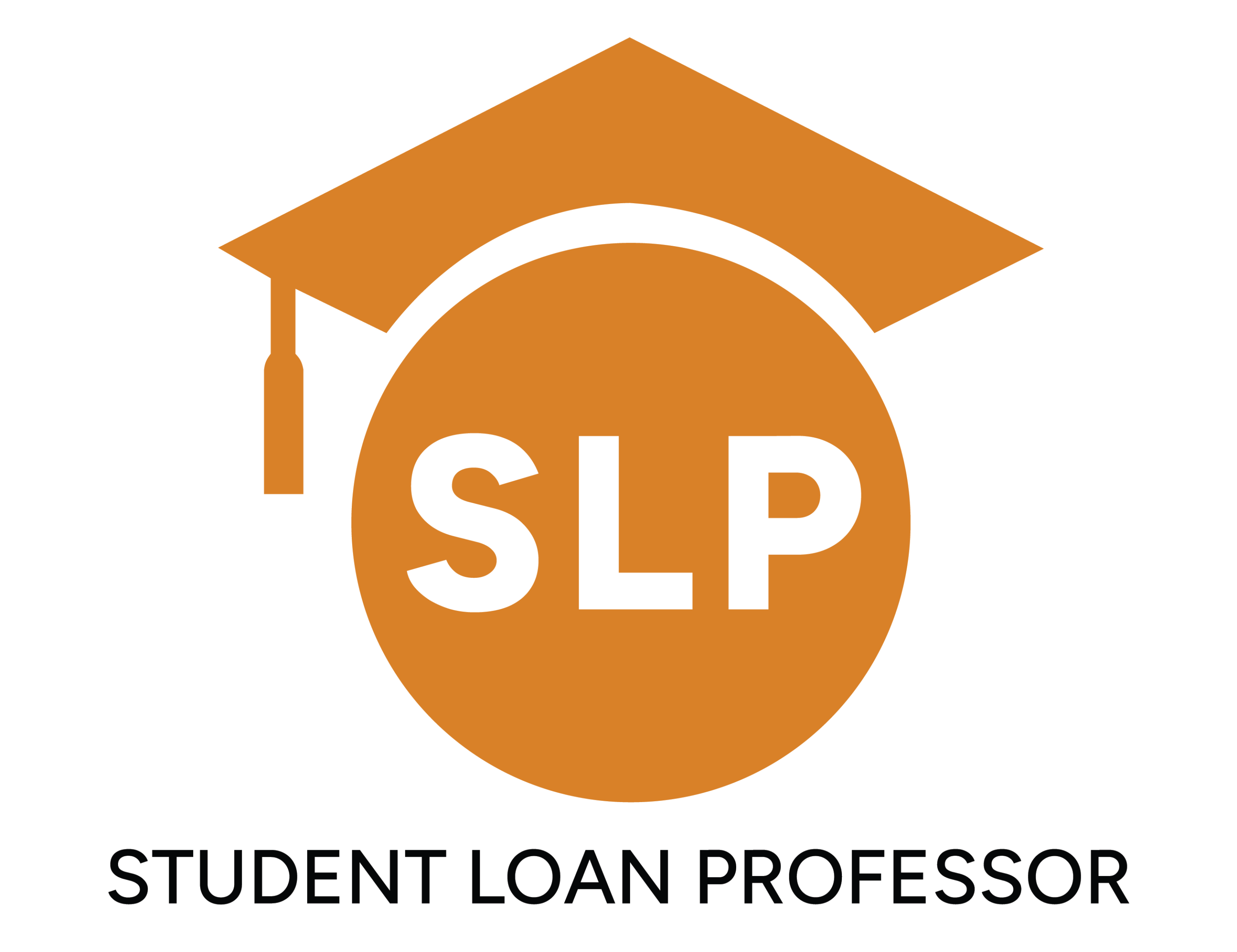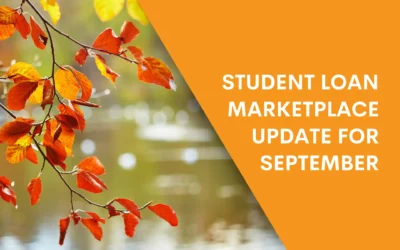When all goes to plan, securing a federal student loan will take about 1 – 2 weeks after submitting your FAFSA.
Private student loans, on the other hand, will take anywhere from a few days to several weeks, depending on your lender.
But things don’t always go to plan, and the time it takes to secure your funding, whether federal or private, can vary due to a range of factors.
For example, missing key deadlines or failing to include the correct information can cause delays that may negatively impact your academic plans.
Key Takeaways
- Federal loan processing takes 1-2 weeks after FAFSA submission, but delays vary.
- Private loan timelines differ by lender, ranging from days to several weeks.
- Submit FAFSA early for better aid chances; missing deadlines can cause delays.
- Funds are disbursed directly to schools; some may take up to two months.
The Federal Student Loans Process
Most students prioritize getting a federal loan because of the advantageous rates and repayment terms they come with. Here are the steps and timelines for getting a federal student loan:
Applying for a federal student loan is a multi-step process. Expect to wait a few months before everything is finalized. But to get you started, here are the key steps involved and how long each stage takes.
Step 1: File Your Free Application for Federal Student Aid (FAFSA)
The first step in securing your student loan is submitting the FAFSA, which is used to calculate your Student Aid Index (SAI). Colleges use your SAI as a factor in determining your aid awards, which include federal student loans.
To complete your FAFSA, you’ll need a Federal Student Aid (FSA) ID and your tax information, Social Security Numbers (SSNs), and other financial information.
Once completed, you can submit your application form electronically or by mail within the appropriate deadline. Usually, applications for the upcoming academic year open on October 1st of the preceding year.
Different states and colleges have their own FAFSA submission deadlines. You can find your state’s FAFSA deadline on the Student Aid website and inquire about specific deadlines at your college’s financial aid office.
Federal Student Aid (FSA) estimates that completing the FAFSA form takes most people less than an hour.
Pro Tip: The earlier you submit your FAFSA within the generous application window, the better your chances of receiving aid distributed on a first-come, first-served basis. Some aid is awarded on a first-come, first-served basis, and you don’t want to miss out on aid if you can help it.
Step 2: Wait for Your FAFSA to be Processed
If you submit your FAFSA online, the U.S. Department of Education (ED) will typically process your application within one to three days. If you submit a mail-in copy, ED will generally process your application within seven to ten days.
Once your application is processed, you can log in to StudentAid.gov to review your FAFSA Submission Summary.
This summary will show your responses to the application’s questions, your SAI score, and your eligibility for a Federal Pell Grant. Be sure to review your FAFSA Submission Summary and confirm that all your information is complete and accurate.
Depending on how you submit your application, this stage can take anywhere from one to ten days.
Step 3: Get Your Financial Aid Award Letter
When your college receives your FAFSA information, it will determine your eligibility for financial aid and send out a Financial Aid Award letter. These are typically sent out around March/April or when college acceptance letters are released, although timelines can vary from college to college.
Depending on the aid your school determines you’re eligible for, your award letter may contain information about need-based and non-need-based aid, including loans.
Step 4: Sign Your Master Promissory Note (MPN)
To receive your federal student loan funds, you will need to sign a Master Promissory Note, which is your official contract and signed assurance that you’ll repay your loan. This can happen anytime before your classes start or up to 30 days after the first day of classes.
However, each school has its own process for having students sign their MPNs, with some schools requiring that you sign a new one every year.
After signing your promissory note, your loan will be sent directly to your school to apply to your tuition and fees. Your school will typically distribute any remaining funds up to 10 days before the term starts and within 30 days after it begins, though policies vary by institution.
Note: If you choose to accept all or part of the federal student loan you qualify for, you will need to complete student loan entrance counseling on the Federal Student Aid Site. This will inform you about how your federal loan works, the terms and conditions of your debt, and your rights as a borrower.
- First-time borrowers might have to wait 30 days after enrollment begins before funds are disbursed. Check with your school to see if this is their policy.
- First-time borrowers (including graduate or professional students) may need to complete entrance counseling before receiving their loan disbursement for a Direct Subsidized Loan, Direct Unsubsidized Loan, or Direct PLUS Loan.
- Counseling is not required for parents taking out a Direct PLUS Loan to help pay for their child’s education.
The Private Student Loans Process
Unlike government-issued federal loans, private student loans are issued by private lenders such as banks and other entities. As such, they don’t have the benefits like Income-Driven Repayment (IDR) that come with federal loans.
That’s why, if you need to take out a student loan, federal loans should be your first option. However, if you cannot access a federal loan or you’ve reached your borrowing cap, private lenders provide a variety of viable student loan options.
The timing of your private student loan process will depend on your specific lender. Usually, you can check their private student loan rates, submit your application online, and receive a decision within minutes or days.
After approval, you’ll need to complete some paperwork before the lender releases the funds. Disbursement times vary based on the lender and your college, but on average, you can wait up to two months from approval to receive your private loan funds.
Note: Like with federal loans, most private lenders will send your loan funds directly to your school, which will then send you any leftover funds. However, some private lenders will send the money directly to your account. Check with your lender to clarify what you should expect.
Frequently Asked Questions
When Should You Apply For Student Loans?
Loan applications take time to process, so start the process early. For Federal loans, this means submitting your application as close to the October 1st opening as possible. For private loans, begin the application process once you’ve received your financial aid award package from your school.
How Do You Check the Status of Your Loan?
You can check the status of your federal loan application on FAFSA.gov and the status of your loan disbursement at your school’s financial aid office. For private loans, you can contact your lender directly or speak to a representative.
Can You Speed Up the Loan Approval Process?
The best way to speed up your federal loan process is to submit your FAFSA as early as possible. For private loans, you can save time by choosing a lender with instant or near-instant approvals and applying with a creditworthy cosigner.
Can I Attend School If My Loan Is Delayed?
Yes. Most schools will allow you to attend classes as long as they have confirmation that your loan is being processed. You can work with the financial aid office to set up a temporary payment plan until your funds are disbursed.
How Long Does Loan Repayment Planning Take?
Loan repayment planning can take anywhere from a few days to a few weeks depending on the complexity of your financial situation. Work with a professional student loan advisory company to expedite this process and ensure you’re on the best path.
Get Expert Help Securing Your Student Loan Today
Securing your student loan is a time-sensitive process, but understanding the steps and preparing in advance will make all the difference.
Whether you’re applying for federal aid or a private loan, knowing how long the process takes allows you to plan effectively and avoid unexpected delays so you have your funding at the start of the term.
For professional help with your student loan — from application to loan repayment strategy — get in touch with us at Student Loan Professor (SLP). We’ll help you navigate the intricacies of student loans to get you the best deals and save you money in your repayments.
At Student Loan Professor, we diligently study the student loan marketplace, so you don’t have to.
Brandon Barfield is the President and Co-Founder of Student Loan Professor, and is nationally known as student loan expert for graduate health professions. Since 2011, Brandon has given hundreds of loan repayment presentations for schools, hospitals, and medical conferences across the country. With his diverse background in financial aid, financial planning and student loan advisory, Brandon has a broad understanding of the intricacies surrounding student loans, loan repayment strategies, and how they should be considered when graduates make other financial decisions.




